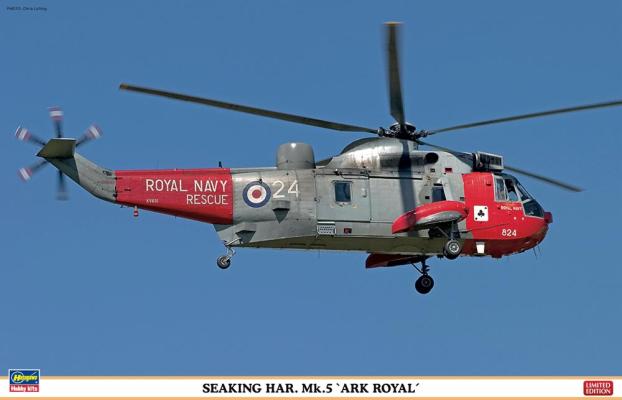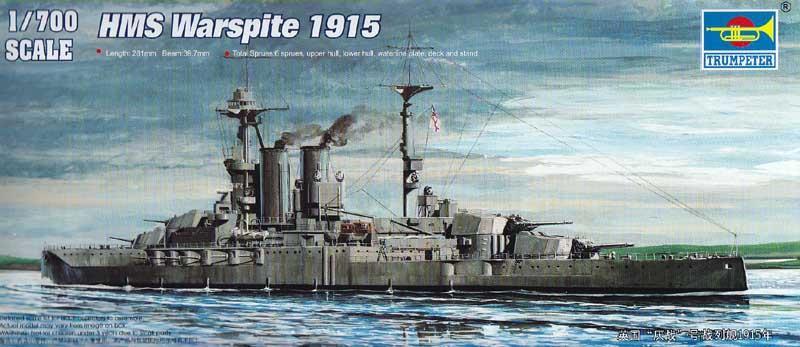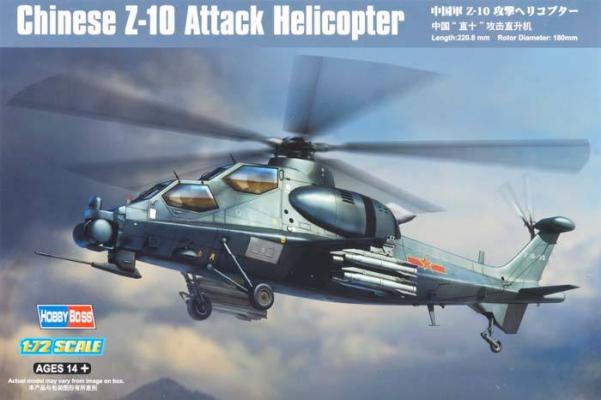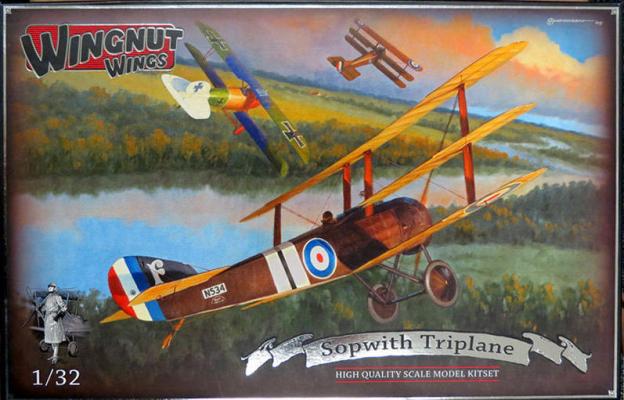The usual sincere “thank you and appreciate your providing us cool stuff!!!!” goes out to Hobbico for their continued, unflinching support of IPMS USA. I also am more than pleased to send out appreciation to our team leading the Reviewer Corps – Steve and Dick, glad you stick with us!
A re-release of the venerable Sea King from the Hasegawa stable, this kit provides the additional details to make an HAR. Mk. 5 in the form of the radome on the aft fuselage spine, the ice/sand filter in front of the engine intakes, a six-bladed rotor, and several cast metal parts such as a water-rescue stand for the lower right side under the door, a metal rod next to it (probably a grab-bar for the spec-ops types to hold onto), and metal spike antennas under the lower front fuselage area. There are also flare dispensers included in plastic, along with different antenna arrays for this particular mark.















